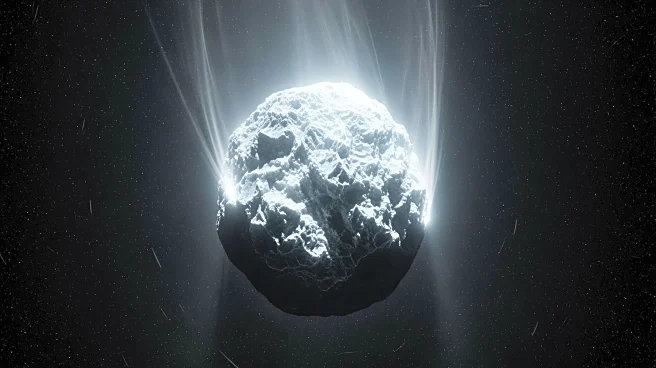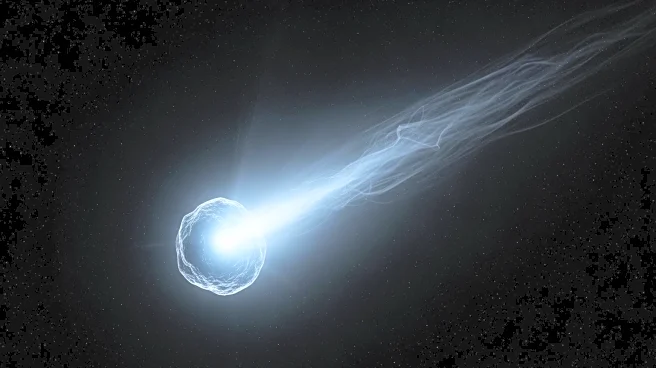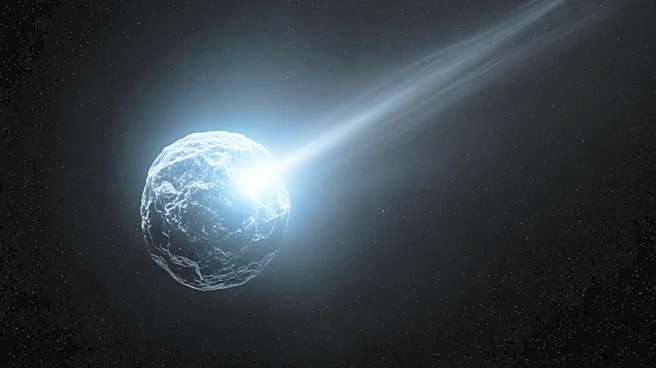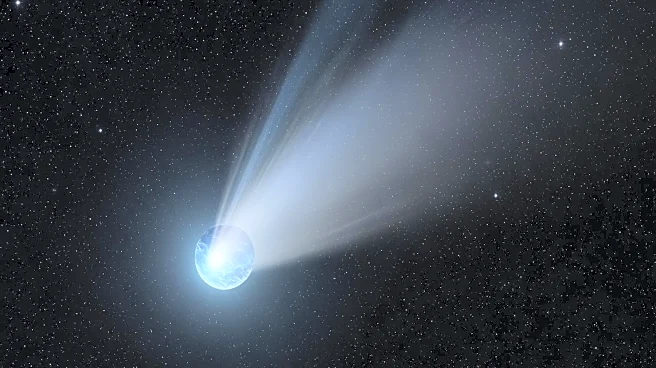What's Happening?
During the 1240s, Richard Fishacre, a Dominican friar at Oxford University, utilized his understanding of light and color to propose that stars and planets are composed of the same elements found on Earth.
This assertion challenged the prevailing scientific belief of the time, which followed Aristotle's theory that celestial bodies were made from a unique 'fifth element' or 'quintessence.' Fishacre argued that the faint colors emitted by stars and planets, such as Mars appearing red and Venus yellow, indicated they were composite and made from the four terrestrial elements: fire, water, earth, and air. His observations of the moon, which eclipses the sun and has a definite color, further supported his theory, suggesting it was not made from the transparent 'fifth element.' Despite criticism from contemporaries, Fishacre's ideas pre-empted modern astrophysical methods, such as those used by the James Webb Space Telescope.
Why It's Important?
Fishacre's work is significant as it laid early groundwork for challenging established scientific doctrines, promoting a more empirical approach to understanding celestial bodies. His ideas foreshadowed modern astrophysics, which has confirmed that stars and planets are composed of elements found on Earth. The James Webb Space Telescope's recent findings, using transmission spectroscopy to detect elements in distant exoplanets, echo Fishacre's method of using light and color to analyze celestial compositions. This historical perspective highlights the evolution of scientific inquiry and the importance of questioning established norms, which can lead to groundbreaking discoveries and advancements in technology and understanding of the universe.











